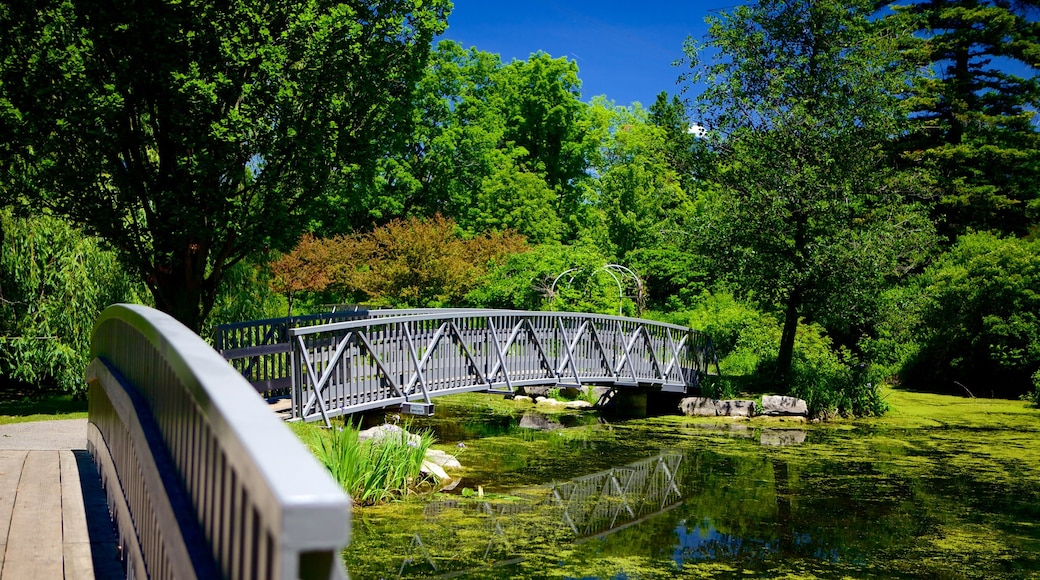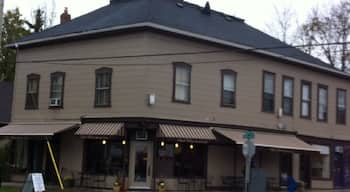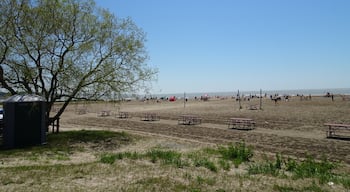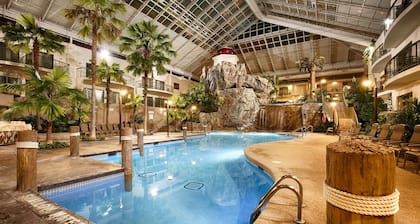Located at a fork in the lush North American Thames River, London is known as southwestern Ontario’s “Forest City.” Despite its green reputation, London is a large and busy city that contains one of Canada’s best universities and a significant medical industry. Spend several days touring London’s museums, exploring the riverfront and parkland areas and checking out memorials to the city’s rich history.
London was founded in 1826 and served as a garrison for British troops in the mid-19th century. Visit Victoria Park in the city center, where the troops were stationed. Find further artifacts from the city’s early history nearby, including the redbrick St. Paul’s Cathedral, which was built in 1845.
See why London is known as the “Forest City” by visiting its various parks and natural areas. Discover the Westminster Ponds, located in a forest just south of the city center. Wander along leafy trails and boardwalks through the scenic wetlands while watching for deer and beavers. During the winter, take a short drive into the western suburbs to visit the ski resorts at Boler Mountain.
London is the site of one of the most important breakthroughs in medical history. Drop by Banting House to see where Dr. Frederick Banting lived when he came up with the idea for how to produce insulin for the treatment of diabetes. See his face among Canada’s other medical heroes at the Canadian Medical Hall of Fame.
Other museums in the city highlight the history of settlement and growth in London’s city and surrounding area. Museum London features a 45,000-piece collection of local historical artifacts in addition to an impressive exhibition of art by regional and Canadian artists. Visit the Museum of Ontario Archaeology to learn the history of First Nations people in the London region.
Take a bus or make the 2-hour drive from Toronto to reach London. Experience the culture, history and beauty of this tree-lined university city on the Thames.














